Notice: Below is a list of 0 important links included on this page.
Please note that while screen readers have made significant strides, they may still lack full support for optimal web accessibility.
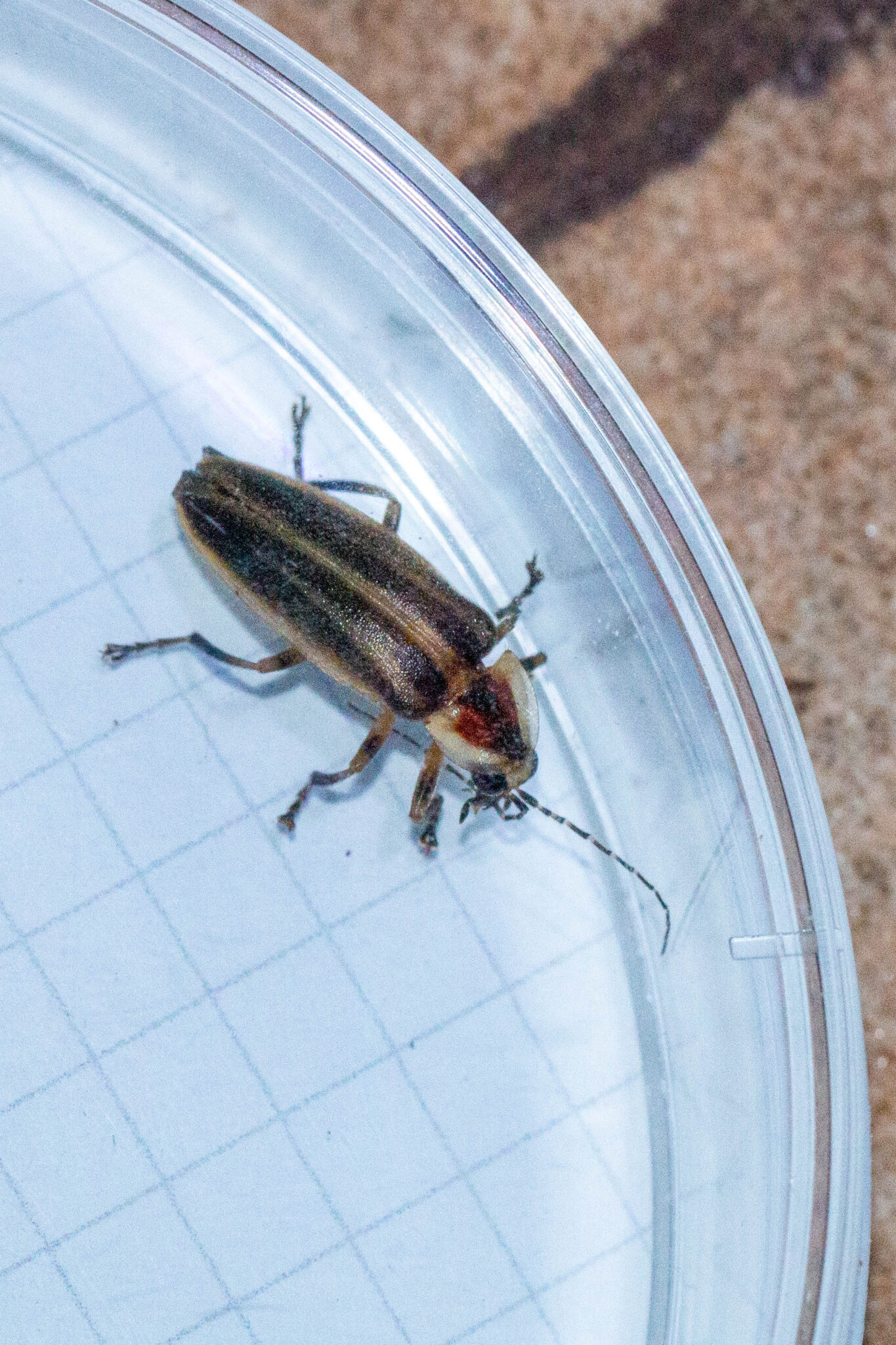
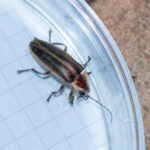
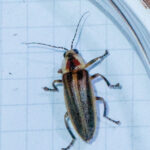
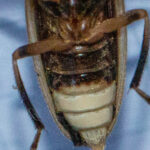
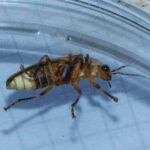
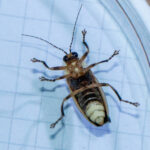





You must be logged in to post a comment.
This is a project of the Xerces Society, working in collaboration with the IUCN SSC Firefly Specialist Group and New Mexico BioPark Society.
Copyright © 2026 The Xerces Society •1631 NE Broadway Street, #821 • Portland OR 97232 USA
Thank you for submitting this incidental firefly observation! And nice job getting these photos!
This is a firefly in the genus Photuris, which we can tell based on the long legs, intricate arrow-shaped black marking on the headshield (pronotum), and the hunched posture (the shoulders are higher than the head).
Based on the shape of the lanterns, we can tell that this is a female Photuris. The lanterns are “flying saucer” shaped, whereas in a male they would fill the whole abdominal segment and be roughly rectangular.
Because this Photuris is female, we aren’t able to use her flash behavior to help with species ID. It is generally the male courtship flash patterns that are most helpful with identification. Photuris females can flash when in distress, in response to a potential mate, or when imitating flash patterns of other species in order to hunt them!
In your long exposure photos, you managed to capture what we call “crescendo flashes.” These are shaped like comets, because the firefly’s flash begins dimly, builds in brightness, and then stops abruptly.
Based on the crescendo flashes and the large size of the female you caught (is the grid size in the photographs 5mm?), my guess is that you were seeing Photuris lucicrescens, also called “July Comets” or “Big Scaries” in Lynn Faust’s field guide.
Thank you so much for all of the information! I am just starting to learn and realizing that I know nothing about the complexity of fireflies! I am happy that my photos were good enough to identify this beautiful female. Yes, the grid size is 5 mm and I will be sure to note that on future observations. I look forward to continuing to document the fireflies in my yard, so please let me know if I should try to capture any other types of photos.